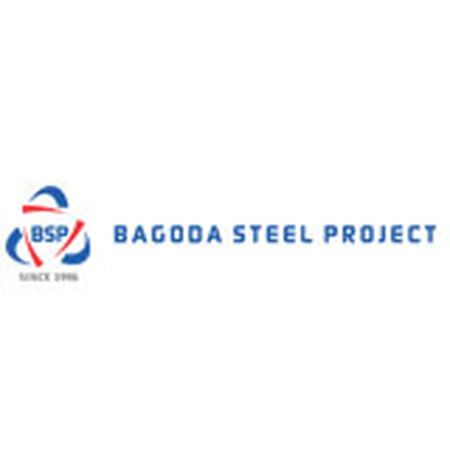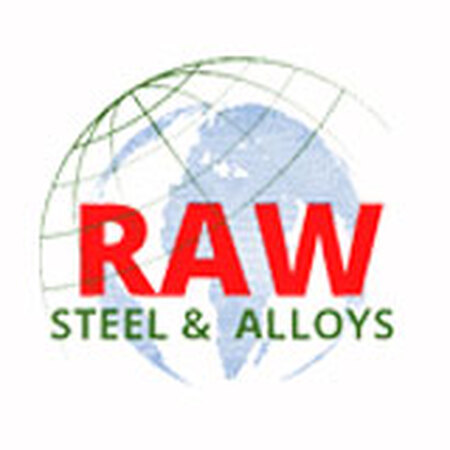-
 Encontrar enMiembros
Encontrar enMiembros Encontrar enVideos
Encontrar enVideos Encontrar enCanales
Encontrar enCanales
This website uses cookies to ensure you get the best experience on our website.
To learn more about our privacy policy haga clic aquíPreferencia de privacidad
Información
kiko Garcia
(Propietario)
(Propietario)
- Última actualización 16 de jul.
- 0 comentarios, 4 vistas, 1 me gusta , 0 seguidores, miembro de 1
You May Also Like
-

 31 de jul. - publicado por Nia Renee0 comentarios, 0 opiniones, 2 vistas, 1 me gusta
31 de jul. - publicado por Nia Renee0 comentarios, 0 opiniones, 2 vistas, 1 me gusta -

 28 de ago. - publicado por Tasha Brown0 comentarios, 0 opiniones, 6 vistas, 1 me gusta
28 de ago. - publicado por Tasha Brown0 comentarios, 0 opiniones, 6 vistas, 1 me gusta -
 4 de diciembre de 2020 - publicado por Loei Wick0 comentarios, 0 opiniones, 2 vistas, 4 likes
4 de diciembre de 2020 - publicado por Loei Wick0 comentarios, 0 opiniones, 2 vistas, 4 likes -

 16 de septiembre de 2023 - publicado por La sign Art Services0 comentarios, 0 opiniones, 3 vistas, 1 me gusta
16 de septiembre de 2023 - publicado por La sign Art Services0 comentarios, 0 opiniones, 3 vistas, 1 me gusta -

 17 de mayo de 2022 - publicado por taaaf boutique0 comentarios, 0 opiniones, vista de 1 , 1 me gusta
17 de mayo de 2022 - publicado por taaaf boutique0 comentarios, 0 opiniones, vista de 1 , 1 me gusta
Actualizaciones
Información
¿Quieres reportar esto? ¿Por qué no te gustó?
¿Quieres reportar esto? ¿Por qué no te gustó?
¿Quieres reportar esto? ¿Por qué no te gustó?
Información básica
- Publicado por: kiko Garcia
- Al corriente: Jul 17, 2024
- Última actualización: Jul 17, 2024
- Members: 1
- Puntos de vista: 4
- Gustos: 1
Nanopore sequencing has revolutionized the field of genomics by providing a direct, real-time method for decoding DNA or RNA sequences. A very useful diagnostic of a nanopore run is the state of the pores: whether they are being sequenced ("single pore"), saturated, unavailable, or...MásOverview
Nanopore sequencing has revolutionized the field of genomics by providing a direct, real-time method for decoding DNA or RNA sequences. A very useful diagnostic of a nanopore run is the state of the pores: whether they are being sequenced ("single pore"), saturated, unavailable, or multiple. Saturated pores pile up and these pores are "clogged" and cannot be sequenced.
Consequences of Saturated Pores
During a sequencing run, an increase in inactive channels on the working time graph is usually indicative of nanopore saturation. These saturated pores can signal escalating membrane stress. For example, as more and more molecules are present in the pore, the influx of data can lead to an overload effect known as saturation. This situation can directly affect the efficiency of the sequencing process.
Several factors can trigger membrane stresses that lead to pore saturation:
Changes in salt concentration or pH and the presence of surfactants can affect the fluid dynamics within the nanopore and may lead to pore saturation.
In addition, contaminants, especially those that cause osmotic imbalances, may be important contributors to pore saturation. They can disrupt the molecular dynamics within the pore, leading to molecular spillage or impeded molecular translocation, ultimately leading to pore saturation.
Strategies to Mitigate Saturated Pores
Addressing pore saturation requires a multifaceted approach. An alternative extraction method that minimizes contaminant residues can be used. In addition, stringent quality control (QC) of the input DNA/RNA according to guidelines can ensure that potential contaminants are minimized, thereby reducing the chance of pore saturation.
It is also critical to monitor pore status throughout the sequencing process. Visualization tools such as multiplexer scan plots can reveal the onset and progression of pore saturation. These metrics can guide necessary adjustments to experimental protocols and ensure the robustness of the sequencing process. Menos
0 comentarios
-
A kiko Garcia le gusta esto
Mapa
¿Quieres reportar esto? ¿Por qué no te gustó?
¿Quieres reportar esto? ¿Por qué no te gustó?
¿Quieres reportar esto? ¿Por qué no te gustó?
-
Locations on MyWorldGo
Información sobre la ubicación
- Ubicación: USA - Obtener las direcciones
- Dirección formateada: United States
- País: United States









